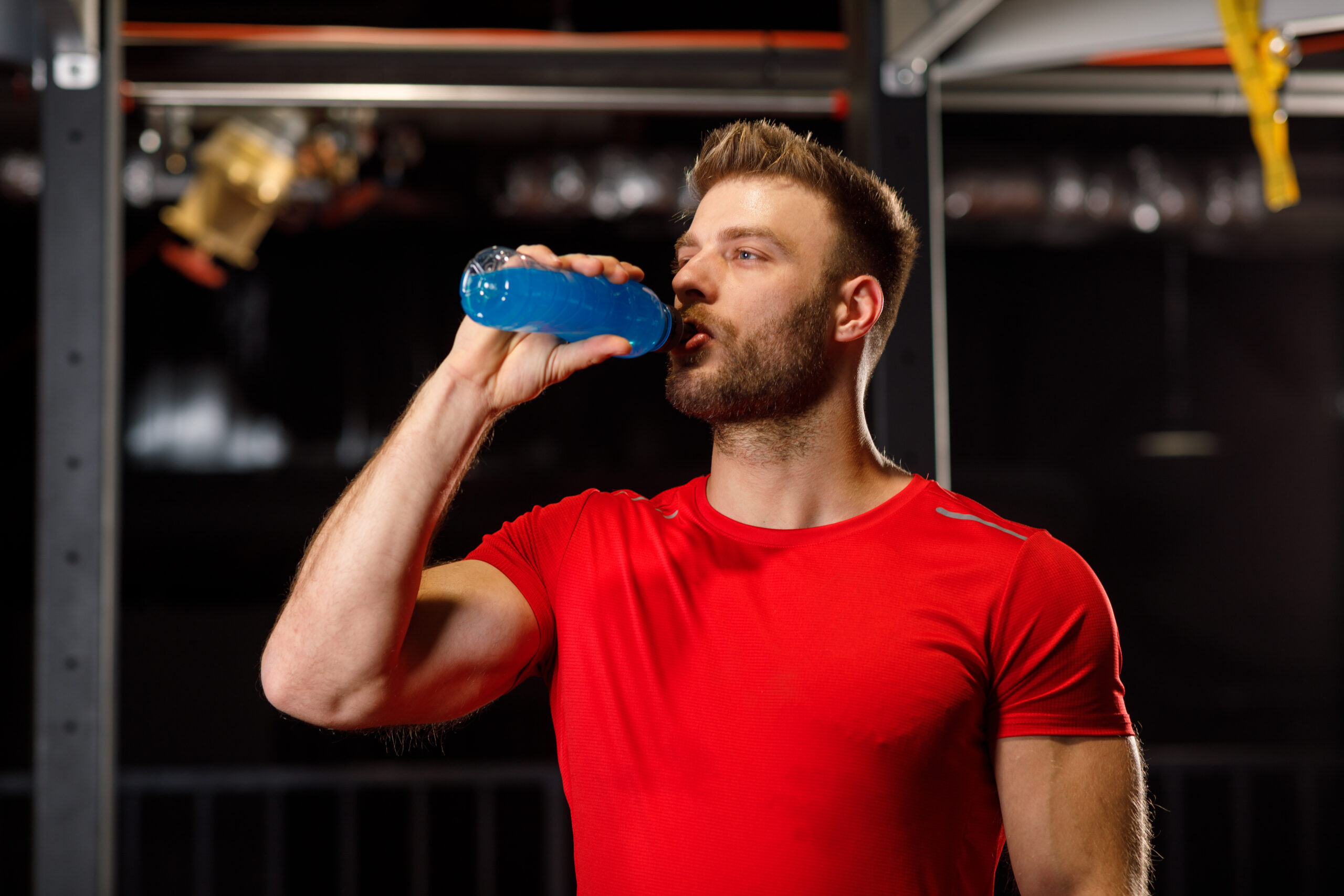Trying to manage pain when we’re also struggling with addiction is tricky. On the one hand, we want to make sure we keep our addiction in check. But, on the other hand, we don’t want to suffer if we don’t need to.
Addiction to opioids has been described as a “crisis”, and for good reason. According to the National Institute on Drug Abuse, around 21 to 25 percent of people prescribed prescription opioids for issues involving chronic pain end up misusing them and around 8 to 12 percent become addicted. And, more than 130 people die daily in the united states from an opioid overdose. This makes the issue of opioid addiction very real and very scary.
According to the New England Journal of Medicine, around 30 percent of people in the United States struggle with “acute or chronic pain,” which has led to prescription opioids being the most common written prescription in the United States. When we’re in pain, we seek relief; but how do we avoid an addiction that puts our very lives at risk?
If we’ve already addressed that we have a problem – where do we go for help? What are the other options for pain management? Check out some of the alternatives to navigating pain without misusing opioids:
The first step: rehab (for those that need it)
One of the first steps to get in front of our pain is to address our problems. By getting a personalized experienced at places such as the canadiancentreforaddictions we can better understand our own personal issues with addiction to help us better understand the personalized treatment we will need.
Then we can address how to deal with our pain in ways that aren’t so dangerous. Getting help is never easy and getting in front of our addiction is going to be hard (probably even painful). But getting out of the cycle of addiction and no longer risking our lives is a vital first step.
Find a doctor who will monitor our pain and tendency towards addiction
For those who have already struggled with addiction to prescription opioids (or those worried they will become addicted if they try them) and not wanting to go down that metaphorical road, there may be other medical options for treating chronic pain. For example, according to the American Addiction Centers, chronic pain can sometimes be treated with simple over the counter pain pills (which aren’t addictive but can risk liver health over time) and prescription drugs like antidepressants or anticonvulsants (also, not addictive). Considering discussing these options with our doctor may give us an effective alternative to opioids.
If these medications don’t work and we’re still concerned about becoming addicted to an opioid, there is some evidence to suggest that early monitoring could be the key to avoiding a full-blown addiction that could lead to overdose. According to the New England Journal of Medicine, addiction recovery is a “predictable result” when a patient is monitored closely with their use of medications to treat their pain.
Get financial injury help
If our chronic pain is due to an injury due to no fault of our own, then we could be able to get financial assistance. By hiring a traumatic brain injury attorney not only will we be able to potentially get our money back for any unfortunate expenses we may have acquired due to our injuries, but these attorneys will often help us fight our insurance companies to get our medical expenses covered. Or, in some cases, get money to perhaps cover drug alternatives.
Explore Alternative Healing Methods
A study reported on by the National Center for Complementary and Integrative Health in 2016 found that treating chronic pain with drugs may not always be necessary. Their findings suggest that things like yoga, acupuncture, massage, relaxation techniques, and tai chi may be effective alternatives. In fact, the study “found promise” in using yoga and acupuncture to treat back pain, tai chi and acupuncture to treat chronic knee pain, massage therapy to treat neck pain, and certain relaxation techniques aided people suffering from migraine headaches.
Other lifestyle suggestions for pain management without drug interaction include chiropractic intervention, cold laser therapy, physical training, weight loss, targeted exercise, heat and cold packs, and pain-relieving devices (such as a walker to take the weight off an injury).








